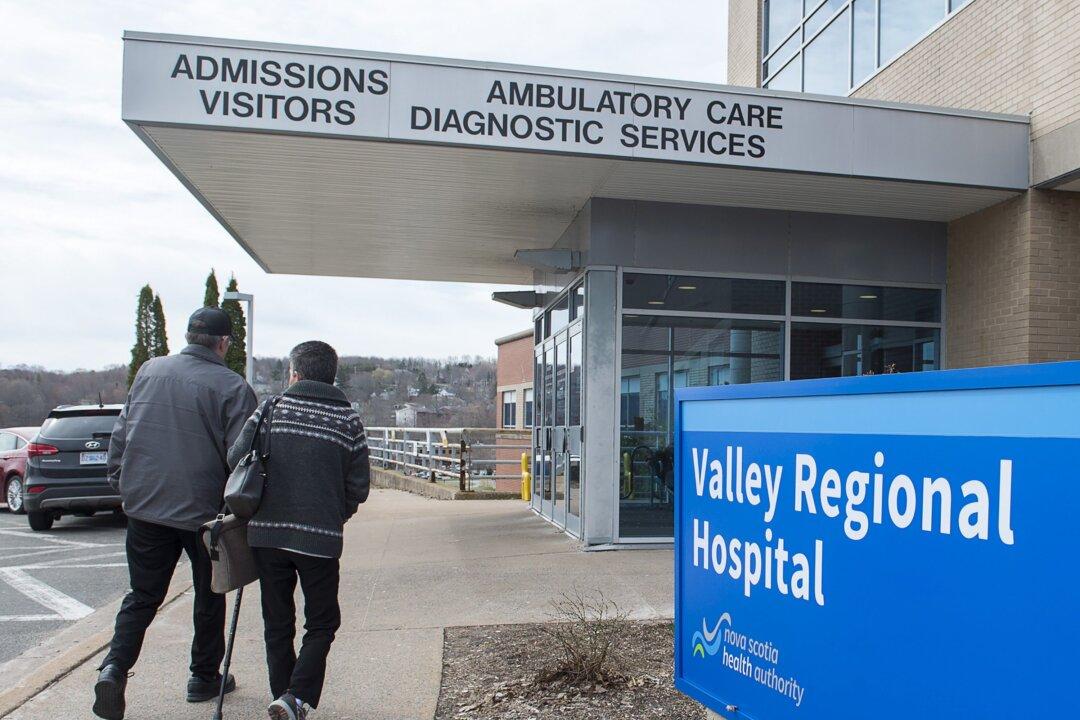Canadians are now waiting longer than ever before if they need to see a specialist, obtain diagnostic procedures, or undergo surgery, according to a new survey.
This year, an estimated 1,228,047 Canadians are waiting for procedures in 10 provinces. This is roughly 3.2 percent of the country’s population, assuming each person is only waiting for one medical treatment.





